22nd Jun 2022
In an “old” world region like Bordeaux, it is easy to be dismissive of change. What is interesting, however, is when the wine changes. Dramatic style and quality shake-ups impact us all.
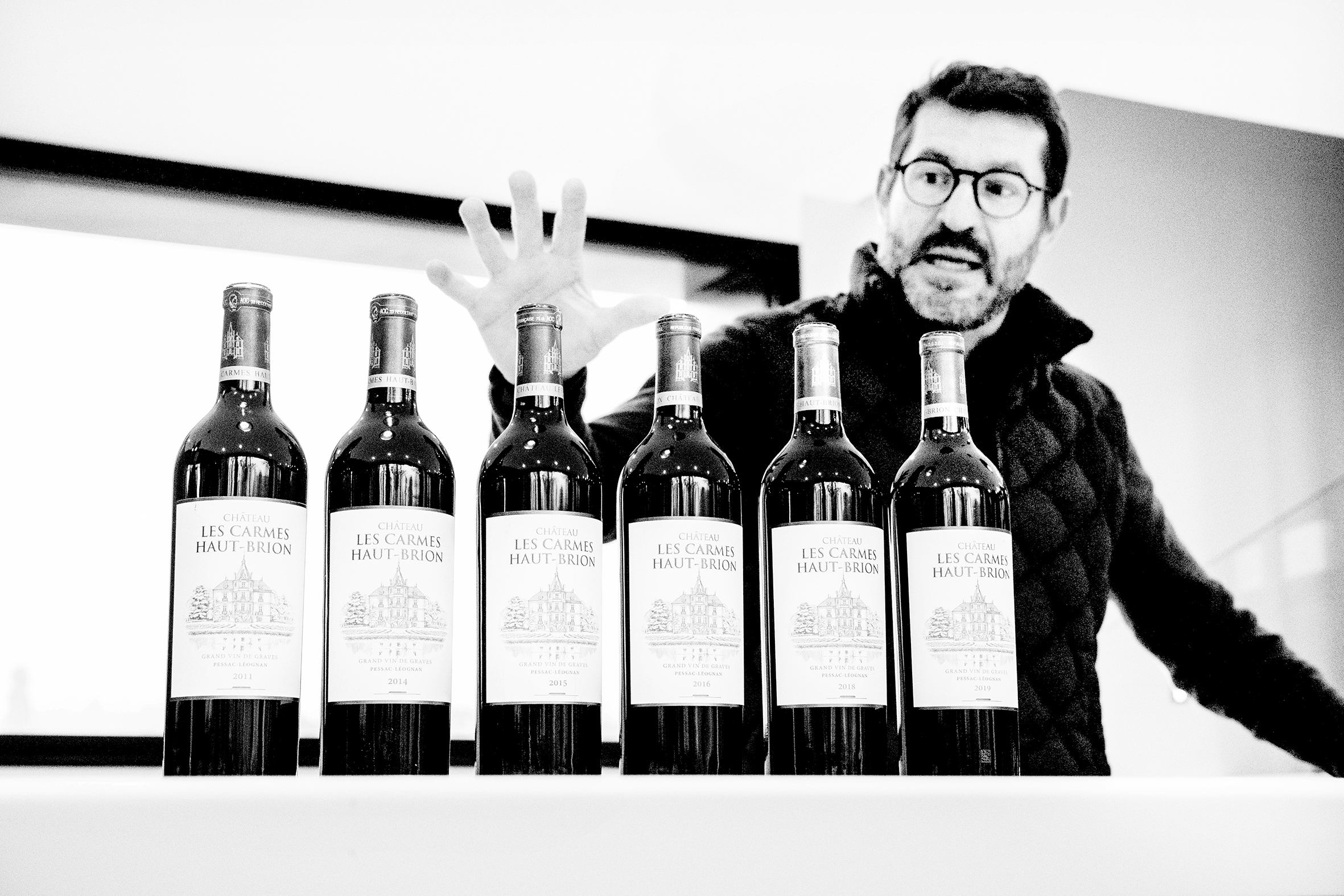
Ch-Ch-Changes
Cultivated for viniculture since Roman times, among these centuries-old Châteaux, change has happened so many times it’s boring. Today the rate of change has accelerated. Cellars are demolished and rebuilt, the winemaker merry-go-round, vineyards sold and tacked onto other châteaux names, and here comes another foreign investor. This constant flux is par for the course in Bordeaux and seldom impacts more than those directly involved.
Château Les Carmes Haut-Brion is a tiny 7.6-hectare estate that was once part of neighboring Chateau Haut-Brion. It is unique in that it’s located wholly within the city of Bordeaux, in the residential suburbs on the urban outskirts. It is close enough to the center that I have walked there from my Novotel room in Meriadeck, crossing through Bordeaux University’s campus.
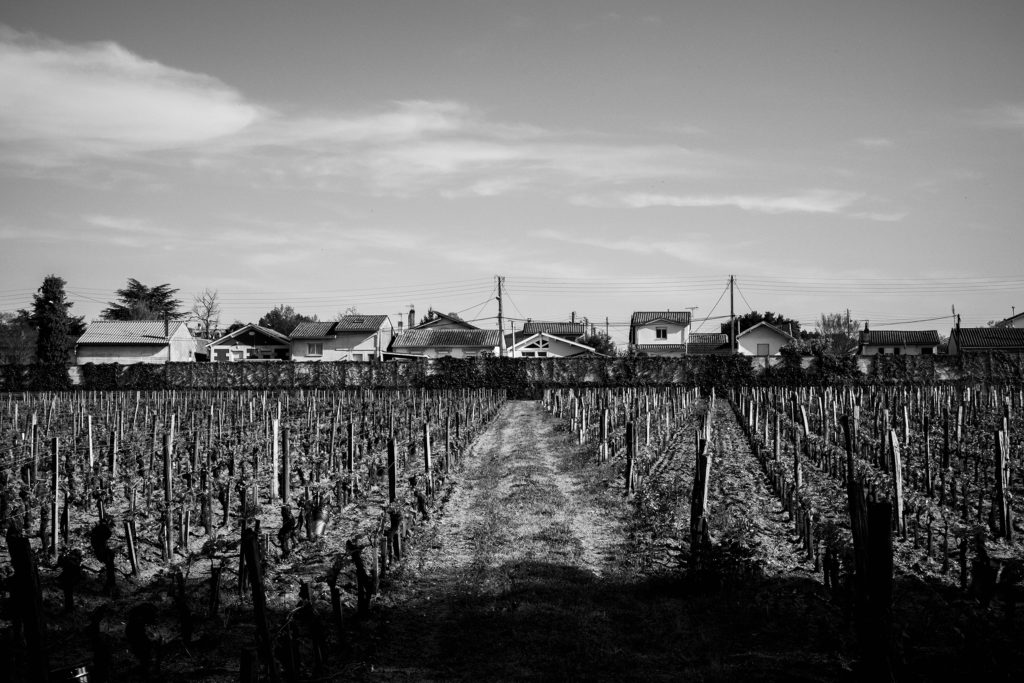
Les Carmes Haut-Brion changed hands in 2010 when it was purchased from the Chantecaille-Furt family by Patrice Pichet. Pichet wasted no time swapping out the previous winemaker for Guillaume Pouthier, who remains the estate manager today. Pouthier had come from working with Chapoutier in the Rhône, and he soon had his own Rhône-inspired ideas about developing and elevating the wine’s style.
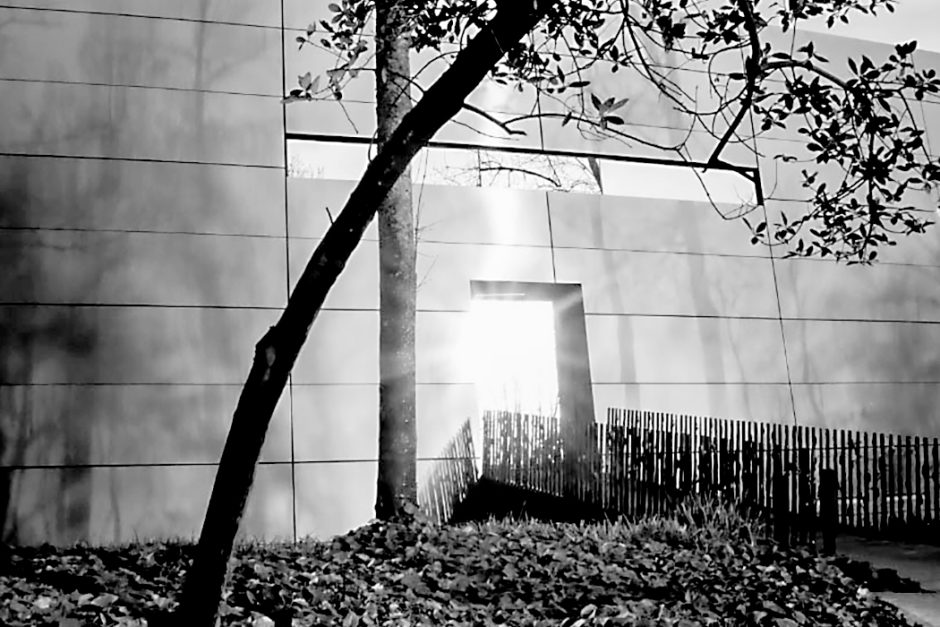
The basic cellar facilities at Les Carmes needed to be completely replaced, and they were with the construction of an impressive new winery designed by Philippe Starck, completed in 2016. The new cellar would be gravity fed and include a collection of stylish, smaller, custom-designed tanks made of wood, concrete, and stainless steel, the different materials corresponding to the three grapes: Cabernet Franc, Merlot, and Cabernet Sauvignon. As well as classic oak barriques for aging, there would be a nest of small egg-like amphorae for maturing the wines. But even before all that, Pouthier got busy molding the new style of the grand vin.
Inspired in part by the more significant proportion of Cabernet Franc in the vineyard (around 40%) and wanting to embrace this as a signature, in 2014, Pouthier introduced a proportion of whole bunch fermentation to the winemaking. Then in 2015, he adapted the whole bunch process to include an infusion method he created, essentially done by submerging the skins and stems and gently vinifying over the solid matter. This technique eliminates the influence of pips, which contain harsh, bitter tannins.
- Guillaume Pouthier"Wine is like a picture each year. And each year, you want to increase the pixels. You need to work with the quality of tannins to be able to drink the wine earlier and age it, which is very important. I think you can make a wine like this and keep the same DNA of Bordeaux."
“In 2015, we used nearly 50% whole bunch with the infusion method for the first time,” said Pouthier. “It was around 70-80% infusion. Whole bunches are now used only with this infusion. When the vintage is warmer, you can increase the amount of whole bunches, which naturally lowers the alcohol. The infusion process requires a slightly higher fermentation temperature and more time, and the stems tend to decrease the alcohol and increase the sense of salinity. Therefore, all Les Carmes vintages end up around 13.5%.”
Pouthier presented a tasting for me of vintages of Les Carmes Haut-Brion before and after his introduction of the infusion method. The important changes to the style seem to include more refined, approachable tannins, more delicately expressed wines with slightly less weight and alcohol, and more brightness to the fruit, including a lifted perfume.
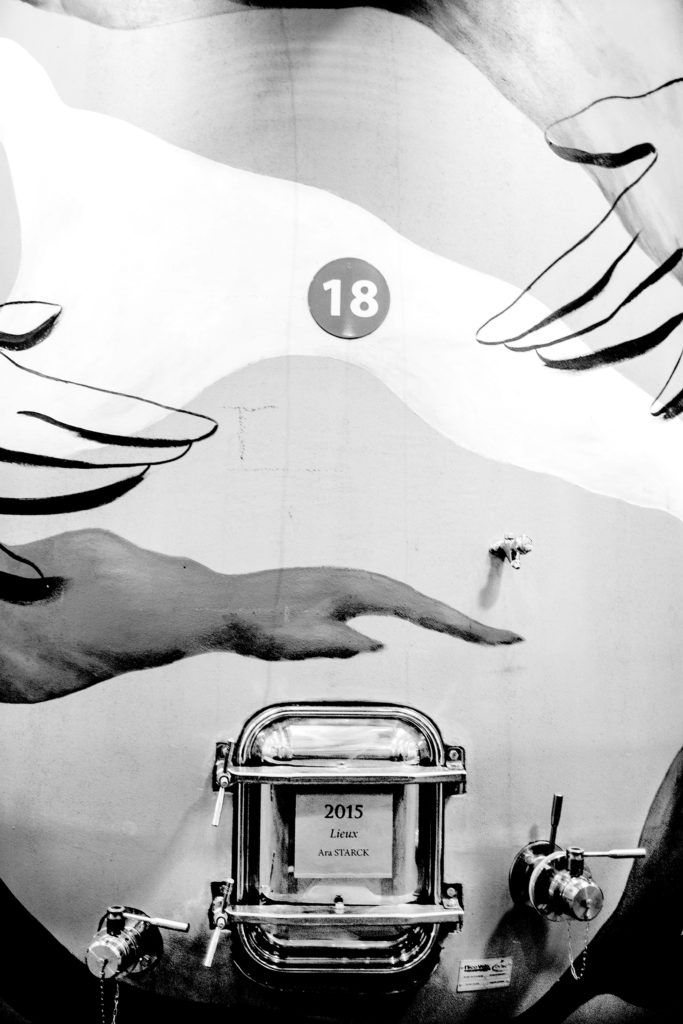
“Aroma is very important, even when the wine is young,” Pouthier mentioned as I tasted. “This is part of the wine’s approachability—not to have it shut down.”
Patrice Pichet also purchased over twenty hectares in Leognan, which was part of the Le Thil vineyard owned by Château Smith Haut Lafitte. This vineyard makes up the “C” label and is therefore not a second wine as it is sometimes assumed.
“All the vines around the château go into Les Carmes,” said Pouthier. “This area is more limestone and clay. Our vineyard for C in Leognan is more gravel. Yes, Les Carmes is very different.”
Indeed, Les Carmes Haut-Brion is different, which makes for an interesting change.
- David Bowie"Time may change me. But you can’t trace time."

PRODUCERS IN THIS ARTICLE
> Show all wines sorted by scoreMore articles

Pilcrow’s New Releases
18th Apr 2024
7 tasting notes
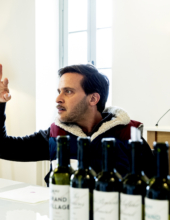
Bordeaux 2023 Primeurs Photo Essay
18th Apr 2024
0 tasting notes
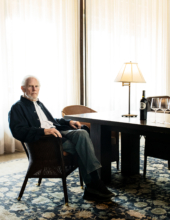
Harlan Estate, BOND, Promontory 2021 and 2011
11th Apr 2024
14 tasting notes
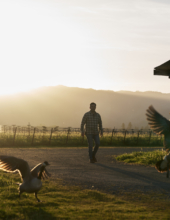
Favia 2012-2021
04th Apr 2024
17 tasting notes
Show all articles